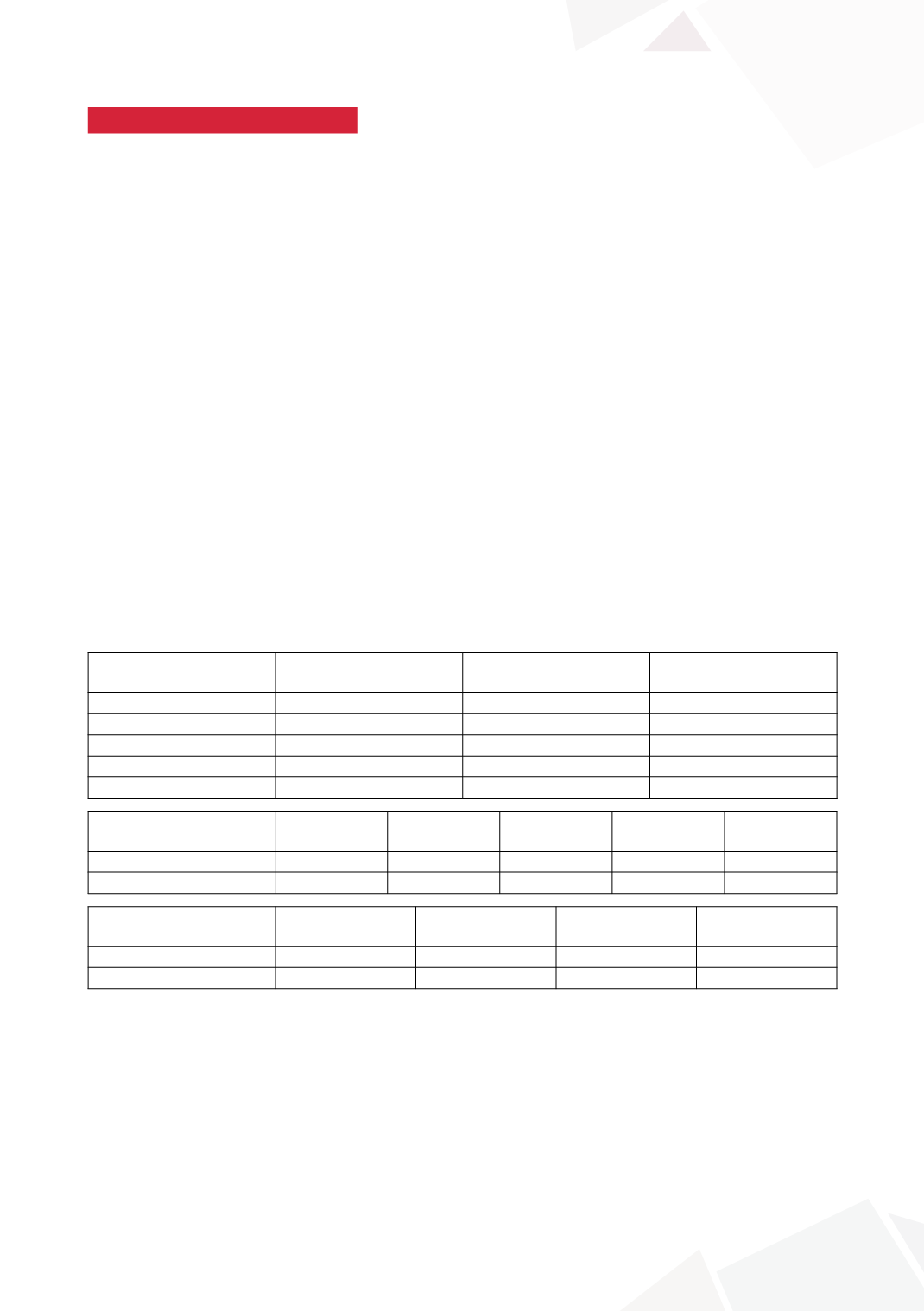

230
28
TH
CONGRESS OF THE ESPU
S20-11 (P without presentation)
DOES BMI INFLUENCE THE EFFICACY OF TENS
TREATMENT FOR OVERACTIVE BLADDER IN CHILDREN?
Raheej KHAN
1
, Massimo GARRIBOLI
2
, Joanna CLOTHIER
1
and Anne WRIGHT
1
1) Evelina London Children’s Hospital, Paediatric Nephro-Urology and Bladder Service, London, UNITED KINGDOM
- 2) Evelina London Children’s Hospital - Guy’s and St Thomas NHS Foundation Trust, Paediatric Urology, London,
UNITED KINGDOM
PURPOSE
Day and night-time urinary incontinence secondary to overactive bladder (OAB) is a disorder
frequently observed in children. Current therapies include urotherapy and anti-muscarinic drugs,
however both have shown poor outcomes. Recently, transcutaneous electric nerve stimulation
(TENS) has been demonstrated successful treatment for OAB. We aimed to assess compliance
and success of TENS in our population
MATERIAL AND METHODS
We randomly selected a cohort of patients from our prospectively maintained database. Patients
were prescribed TENS treatment for a maximum of 84 days. A bladder-voiding diary was completed
by parents. Patients were followed-up 3 months after the initiation of treatment. Demographic data
including age, gender and BMI were collected. Outcome parameters included: resolution of symp-
toms, length of treatment and compliance. We analysed results dividing patients based on compli-
ance (table 2) and BMI (table 3: Underweight (BMI<18.5), normal (18.5< BMI < 25), Overweight
(BMI > 25)).
RESULTS
Total
n=124
Females
n=72(58%)
Males
n=52(42%)
Median age
10(5-17)
11(5-17)
10(5-15)
Compliance
105(85%)
63(88%)
42(81%)
Median Days used/84 78(5-84)
78(5-84)
78(11-84)
No response
64(52%)
33(46%)
31(60%)
Partial/complete response 60(48%)
39(54%)
21(40%)
Total
N=124
Under weight
n=68(54%)
Normal
n=41(33%)
Over weight
n=15(13%)
p
No response
64(52%)
35(54%)
18(44%)
11(73%)
Partial/complete response 60(48%)
33(46%)
23(56%)
4(27%)
0.1
Total
n=124
Poor compliance
n=19
Good compliance
n=105
p
No response
64(51%)
10(53%)
54(51%)
Partial/complete response 60(49%)
9(47%)
51(49%)
0.95
CONCLUSIONS
Partial/complete response was obtained in half of the patients in the analysed cohort. Compliance
was high (85%). Nor BMI or compliance significantly influenced the success of the treatment.









